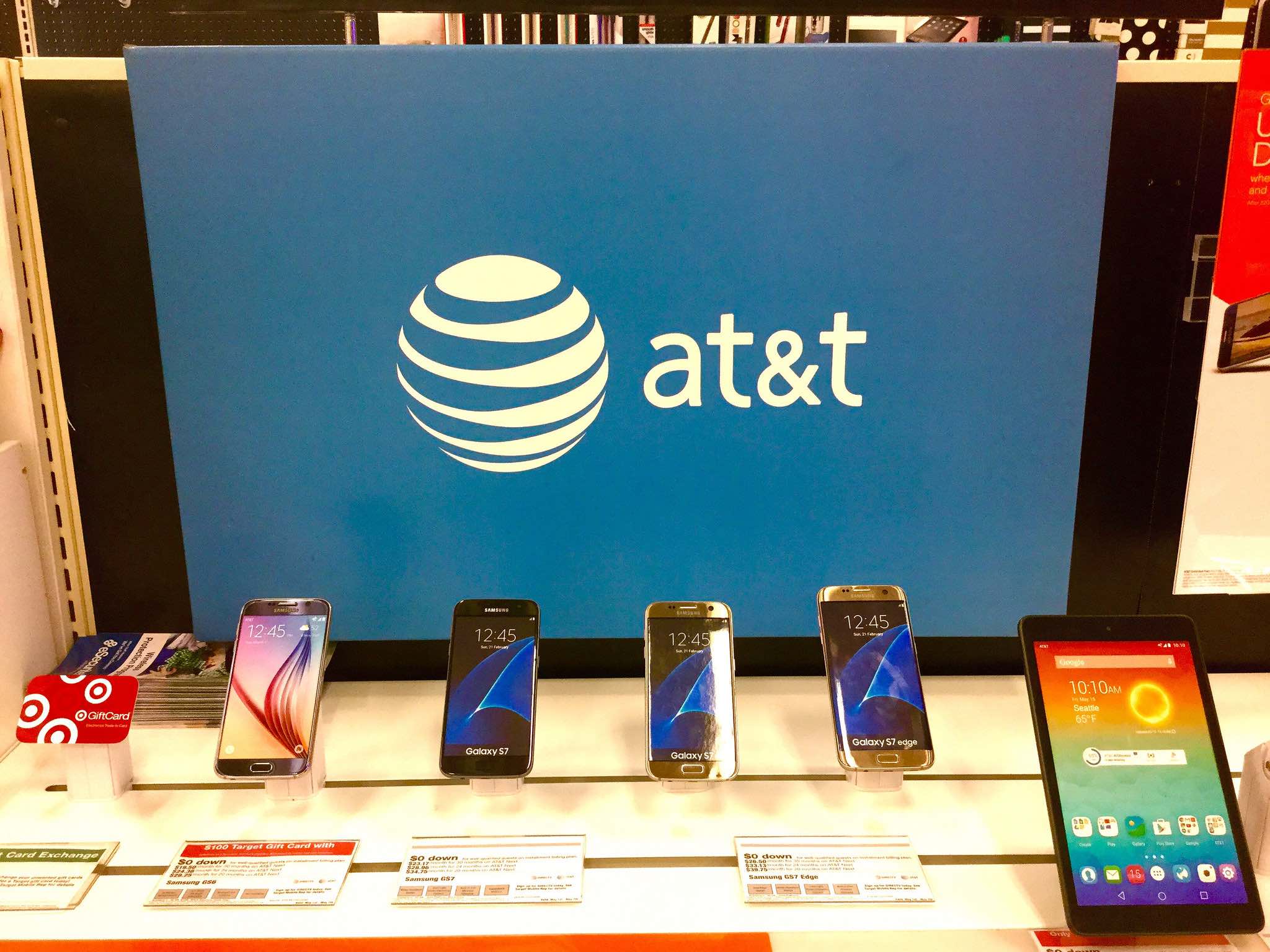AT&T says its 5G wireless trials have been producing speeds of more than a gigabit per second from millimeter wave frequencies, even in bad weather and—in some cases—without a line-of-sight connection. Latencies have been as low as 9ms, the company said.
Current-generation 4G LTE networks generally use frequencies below 1GHz, which are best for covering long distances and penetrating obstacles such as building walls. 5G networks are expected to rely heavily on millimeter wave signals—30GHz and above—which are easily blocked by obstacles and generally require line-of-sight connections.
AT&T and other carriers plan to use 5G for smartphones connecting directly to mobile networks and for fixed wireless connections in areas that lack fiber-to-the-premises or cable. There is a lot of available millimeter wave spectrum, which means carriers can easily ramp up the bits per second. But there will be challenges in actually getting that data to smartphones when there are obstacles between the cell sites and handheld devices.
“Some non-line-of-sight conditions”
AT&T, however, says its early trials show that these problems can be overcome, at least in certain conditions. In South Bend, Indiana, AT&T set up a 5G trial for small business and residential customers. The trial "Successfully provided gigabit wireless speeds on mmWave spectrum in both line-of-sight and some non-line-of-sight conditions," AT&T said in an announcement yesterday.
That qualifier—"some non-line-of-sight conditions"—suggests that AT&T has been able to overcome the physical limitations of millimeter wave spectrum in only limited circumstances. AT&T didn't say what circumstances produced the positive result—we've asked the company for more details and will update this post if we get answers.
AT&T had other good news to report. In a trial involving small businesses in Kalamazoo, Michigan, AT&T "Observed no impacts on 5G mmWave signal performance due to rain, snow, or other weather events." AT&T said it also "learned [that] mmWave signals can penetrate materials such as significant foliage, glass, and even walls better than initially anticipated."


 Loading comments...
Loading comments...
